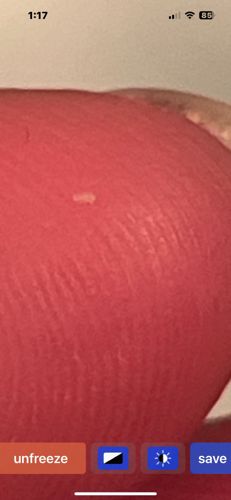Louse
Scientific Name: Phthiraptera (general)
Order & Family: Phthiraptera (Order)
Size: 0.5 to 8 mm (some species larger, but most are small)

Natural Habitat
Typically found on the bodies of warm-blooded hosts (mammals and birds), including humans. Specific habitats can differentiate between head, body, and pubic lice on humans.
Diet & Feeding
Blood (hematophagous) for sucking lice (Anoplura), or skin debris, hair, or feathers for chewing lice (Mallophaga). Human lice feed on human blood.
Behavior Patterns
Lice are obligate parasites, meaning they cannot survive long off their host. They typically cling to hair or feathers and move by crawling. Reproduction involves laying eggs (nits) which are cemented to hair shafts or clothing fibers. Nits hatch into nymphs, which mature into adults after several molts.
Risks & Benefits
Risks: Can cause itching, skin irritation, and secondary bacterial infections from scratching. Body lice can transmit diseases such as trench fever, relapsing fever, and epidemic typhus. Benefits: None to humans. In ecosystems, they can be part of the food chain for other insects, but generally considered pests due to parasitic nature.
Identified on: 10/26/2025